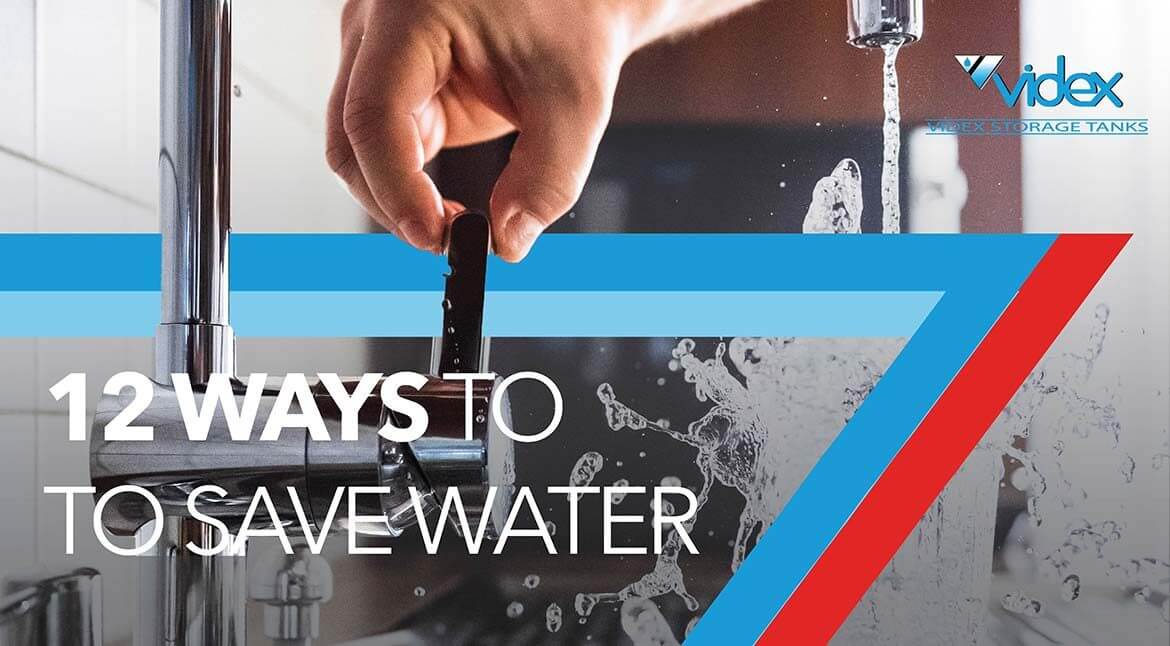12 Ways To Save Water for South Africans
We need to make sure that we’ve got enough water available in our dams for everyone in our province. We all need to do our part to use water sparingly and adhere to the water restrictions which are in place.
It’s important that we rethink the ways we use water and constantly need to think about how we can ensure water in the future.
Using water sparingly in and around the home will ensure a sustainable water supply. Here are some ways we can reduce our water usage.
At home:
- Check and fix all leaks on your property. See these handy tips from the City of Cape Town.
- Take shorter showers and turn off the shower while soaping up, then turn it back on to rinse.
- Make sure you put a full load into your washing machine and dishwasher before starting a wash cycle.
- Cut down the amount of water flushed down the toilet by placing a 2 litre plastic bottle full of water in the water tank (cistern) of your toilet.
- When washing dishes by hand, don’t leave the water running to rinse dishes.
- Use greywater (from the washing machine, basins, shower and bath) in the garden.
In the garden:
- Plant indigenous (local) plants which can tolerate extreme heat and require little watering.
- Group plants with the same water needs together so that you don’t overwater plants with different water needs.
- Put a covering layer (mulch) around trees and plants. Covering will slow evaporation and will also discourage weeds from growing.
- Water your garden at sunrise and sunset. Water your lawn long enough for the moisture to soak down to the roots. A light sprinkling can evaporate quickly.
- Plant in the right season. For winter rainfall areas, you’ll need to plant in autumn and early winter so the plants have a chance to develop their root systems before the dry season. In summer rainfall areas, you can plant in spring and early summer.
In industrial and commercial sectors
- Define water requirements for your department, building or unit of production.
- Appoint a person to track water usage and identify strengths and weaknesses.
- Present the idea of water efficient appliances in canteens or office kitchens. Fill kettles only with as much water as you need.
- Try and avoid ornamental water features and fountains that lose water to evaporation.
- Encourage people to be alert of leaking taps and report major water losses from leaking or damaged pipes and hoses.
- Keep paths around the building tidy. Avoid the use of hoses to remove leaves etc.
- Encourage people to wash company vehicles at commercial car washers that recycled water.
- Reduce leaks by turning taps off lightly and getting washers replaced when leaks are discovered.
- Upgrade production equipment to use recycled water or less water.
- Know where your master water shut-off valve is located.
Simple changes can help you save up to 10% on your annual water bill, without drastically changing your lifestyle.
Educate your children about simple ways to save water around the home and encourage your colleagues to start saving water at work.



